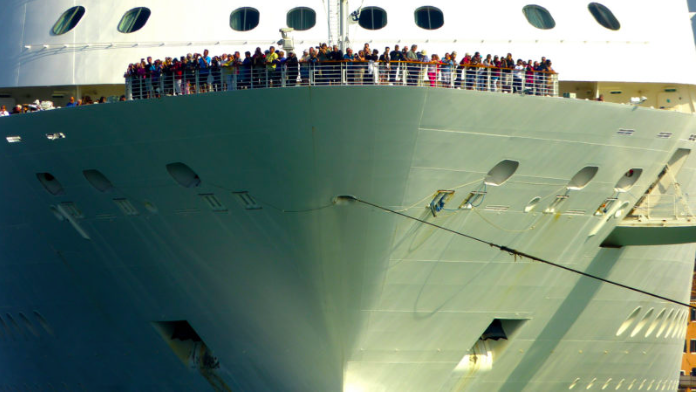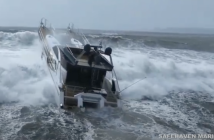If you don’t remember any other sound signal, you really do need to know that five (or more) short blasts signal danger. Something is wrong. Your vessel and another vessel are in danger of a collision. The danger signal is clearly spelled out in COLREGs, the Rules of the Road, but even so, in the real world, it can lead to some confusion. The problem lies in failing to understand the actions or intentions of the other vessel, and knowing, even if you have the right of way, when to take action to avoid a collision.
Drawing from the COLREGs, the new edition of Chapman Piloting & Seamanship (which I helped edit), is clear about what you need to do:
“In any situation where two vessels are approaching each other, if one fails to understand the actions or intentions of the other, or if not sure that sufficient action is being taken by the other to avoid collision, the vessel in doubt must give the danger signal – five or more short and rapid blasts on its whistle.
“A skipper also uses this signal to indicate that he considers the actions of the other vessel dangerous to either vessel – such as a negative reply to a proposal to pass in a certain manner.
“Giving the danger signal does not relieve a vessel of its obligations or responsibilities under any rule.
“Although not specifically covered in the Rules, a careful skipper who either hears or sounds a danger signal will at once slow or stop his vessel until the situation is clarified for all concerned.”
Here’s a thoughtful and thorough discussion of the issue, taken from the real world, where different people can have different readings of someone else’s intentions. Read it here: http://gcaptain.com/five-short-blasts-sounding-danger-signal/




